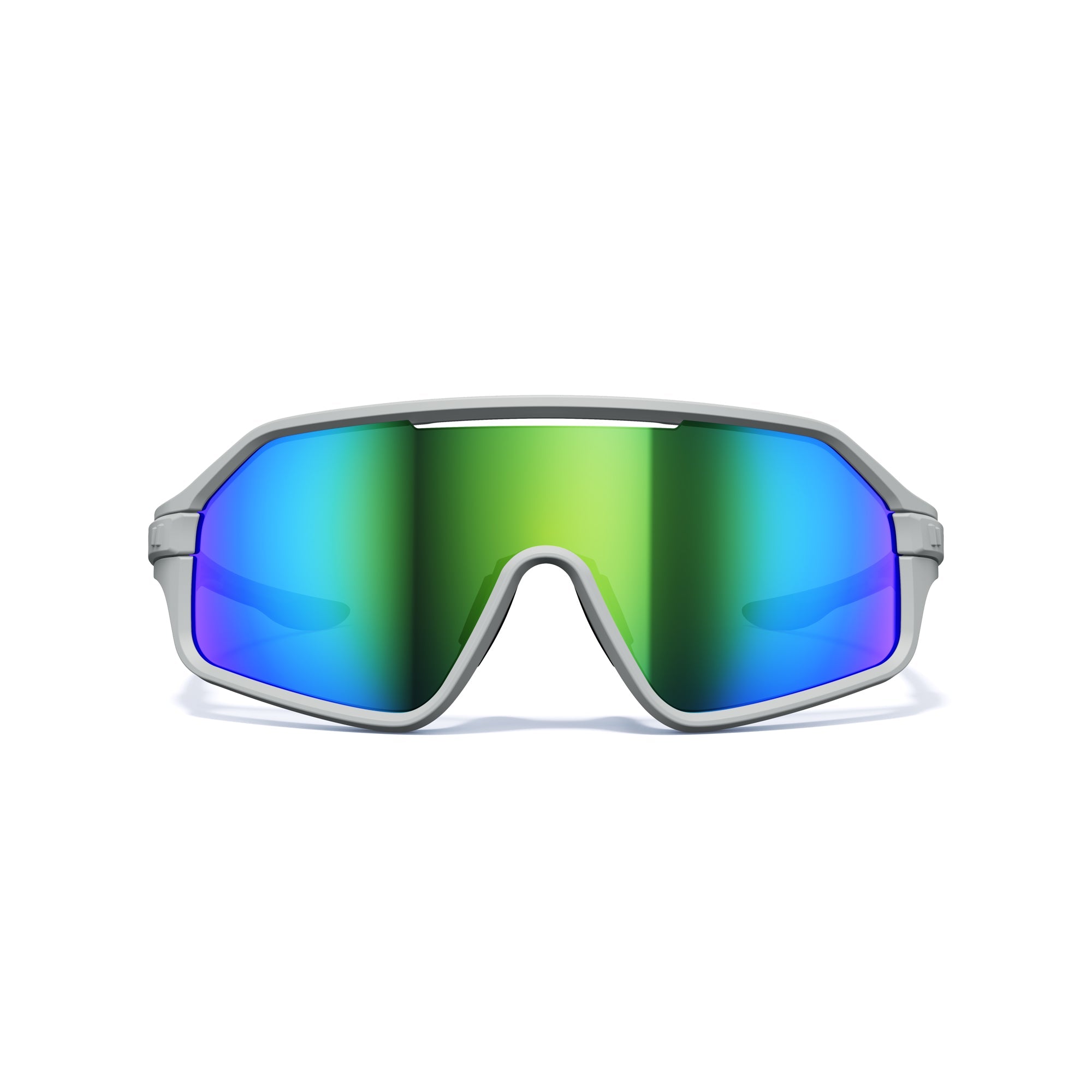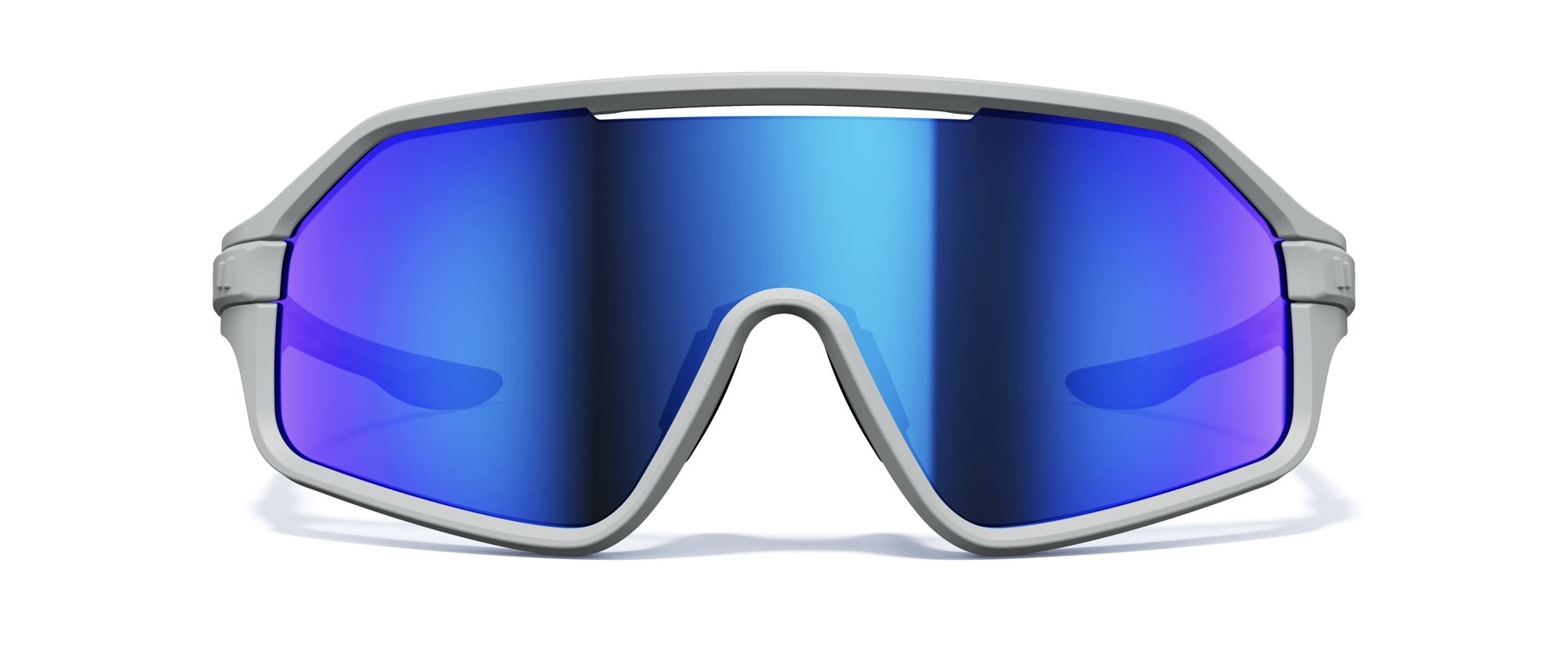Why Most “Asian Fit” Sunglasses Still Don’t Work and What Actually Does

It's not you face. It's the frame. If you’ve ever bought so-called “Asian fit” sunglasses only to have them slip down your nose or rest awkwardly on your cheeks, you’re not alone. Thousands of men with low nose bridges face the same issue, specially those with active lifestyles.
Despite what brands claim, most frames marketed as Asian fit are just minor tweaks to Western designs. In this article, we’ll explain why that’s not enough, and what to look for instead.
What Does “Asian Fit” Actually Mean?
The term “Asian fit” is often used by major eyewear brands to describe sunglasses that are supposedly designed for facial features like:
-
Low or flat nose bridges
-
Higher cheekbones
-
Wider face width
But in reality, many of these frames still use the same basic frame with minor adjustments. Same chassis that weren't originally designed for low nose bridges.
Why They Still Don’t Fit Right
Most "Asian fit" sunglasses fail in three key ways:
1. Nose Pads Are Still Too Narrow
They don't extend far enough to lift the frame properly off the nose and face.
2. Frames Sit Too Low
With a low bridge, the sunglasses rest on the cheeks, fog up easily, and move when you sweat or smile.
3. They’re Designed as Afterthoughts
Big brands often retrofit existing styles rather than engineer a frame from the ground up for low-bridge fit.
The Impact on Performance and Comfort
If you’re cycling, running, golfing or even walking around in summer heat, poor fit becomes more than just annoying. It affects:
-
Grip and Stability: Frames constantly shifting mid-activity
-
Vision: Lenses misaligned with your eye line
-
Comfort: Pressure points or fogging from resting on the face
And let’s be honest. Nobody wants to keep adjusting their sunglasses mid-ride or mid-rep.
What Actually Works for Low Nose Bridges?
You need frames that were designed specifically for low nose bridges, not retrofitted. That means:
-
Extended nose pads that provide true lift
-
Optimized angles that align with flatter facial structures
-
Light weight frames that doesn’t rely on cheek compression or tight temples
At Journey Optics, every frame is built from the ground up for low nose bridge men who need sunglasses that can keep up with athletic lifestyles.
Tried “Asian Fit” and Still Frustrated? You’re Not Alone
So many customers have told us the same thing: they tried every “Asian fit” brand out there, and nothing worked. That’s why we created a new standard, not a variation of what we know doesn't work.
Our frames don’t slide. They don’t pinch. And they stay put, whether you're sprinting on pavement or hitting the trails.
Don’t Settle for a Label. Choose a Real Fit.
If you’ve been let down by “Asian fit” shades that don’t deliver, it’s not your face, it’s the frame.
✅ Stop adjusting
✅ Stop fogging
✅ Stop compromising
Discover performance sunglasses that actually fit.
Shop the → Collection
FAQs
Q: What’s the difference between Asian fit and low bridge fit?
A: “Asian fit” is a vague marketing term. Low bridge fit refers to frames specifically engineered to stay on flatter nose bridges without sliding or pinching.
Q: Are Journey Optics sunglasses better than so-called Asian fit options?
A: Yes. Our frames are not retrofitted. They're purpose-built for low nose bridges with performance and fit as the top priorities.
Q: Why do my sunglasses keep sliding down my nose?
A: Most frames are designed for high nose bridges. If you have a flatter bridge, you need extended nose pads and optimized geometry to prevent slipping.



